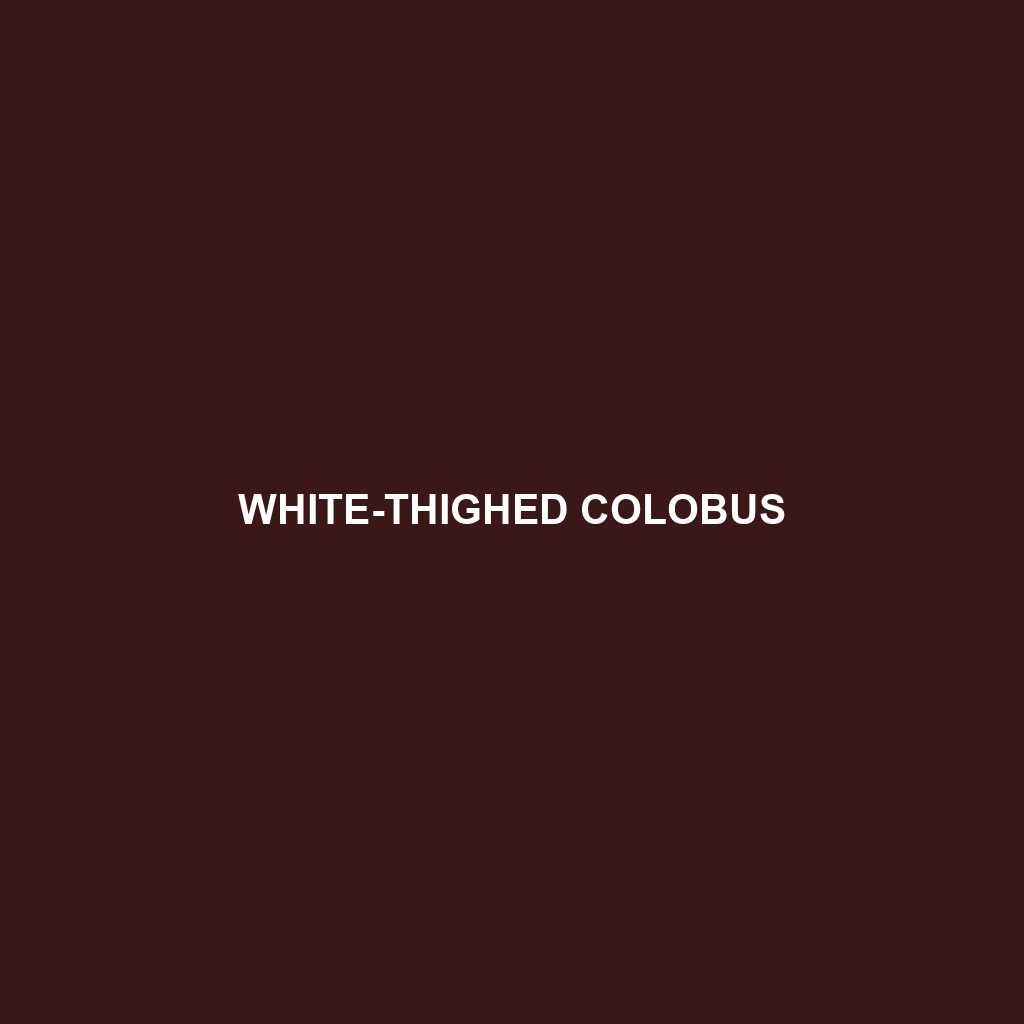Upper Guinea Red Colobus (Piliocolobus badius)
The Upper Guinea Red Colobus is an endangered primate species native to the forests of West Africa, specifically within the Upper Guinea region. Known for their striking red and black coloration and their arboreal lifestyle, these monkeys play a crucial role in their ecosystems. Despite their importance, the Upper Guinea Red Colobus faces significant threats from habitat loss and hunting, necessitating urgent conservation efforts.
Physical Characteristics
Size: Adults typically weigh between 8 to 11 kilograms (18 to 24 pounds) and measure about 45 to 67 centimeters (18 to 26 inches) in body length, with a tail length of around 50 to 80 centimeters (20 to 31 inches).
Coloration: They exhibit a distinctive red fur on their back, limbs, and tail, while their face, chest, and inner limbs are darker, often black or dark brown. The contrast in coloration helps with identification.
Special Features: Upper Guinea Red Colobus possess elongated limbs and a long tail which aids in their arboreal navigation. Their thumb is reduced, a common characteristic in colobus monkeys, which enhances their ability to grasp and swing from tree branches.
Behaviors
Social Interactions: These monkeys are highly social and live in groups ranging from 20 to 80 individuals. Their social structure is matriarchal, and they exhibit strong bonds through grooming and vocal communication.
Feeding Habits: Primarily folivorous, the Upper Guinea Red Colobus consumes a diet rich in young leaves, shoots, and occasionally fruits and flowers. Their specialized stomachs allow them to digest tough plant material effectively.
Ecological Role: As folivores, they play a critical role in forest ecology by aiding in seed dispersal and maintaining the health of the vegetation through their feeding habits.
Habitat
Range: They inhabit the dense tropical rainforests of the Upper Guinea region, including countries like Sierra Leone, Liberia, Guinea, and Côte d’Ivoire.
Environment: These monkeys prefer primary and secondary forests, especially areas with a rich canopy allowing for their arboreal lifestyle. They are less frequently found in degraded or fragmented forests, highlighting the importance of intact habitats for their survival.
Adaptations
Arboreal Adaptations: Their physical adaptations, such as reduced thumbs and elongated limbs, make them adept climbers, allowing them to navigate the forest canopy efficiently.
Dietary Adaptations: Their complex stomachs can break down cellulose and detoxify certain plant compounds, enabling them to exploit food sources that are less accessible to other herbivores.
Conservation Status
IUCN Red List: The Upper Guinea Red Colobus is listed as Endangered due to significant threats from deforestation, habitat fragmentation, and hunting.
Conservation Efforts: Efforts to conserve this species include habitat protection, anti-poaching measures, and establishing protected areas. Community-based conservation programs also play a vital role in their preservation.
Fun Facts
Vocal Communication: These monkeys are known for their loud and complex vocalizations, which they use to communicate within their groups and to warn of potential threats.
Social Grooming: Grooming is a significant part of their social behavior, helping to strengthen bonds and maintain group cohesion.
Cultural Significance: In some local cultures, the Upper Guinea Red Colobus is considered a symbol of the forest’s health and is often featured in traditional folklore.
By understanding and protecting the Upper Guinea Red Colobus, we can ensure the conservation of not only this unique primate but also the rich biodiversity of the West African forests they inhabit.
